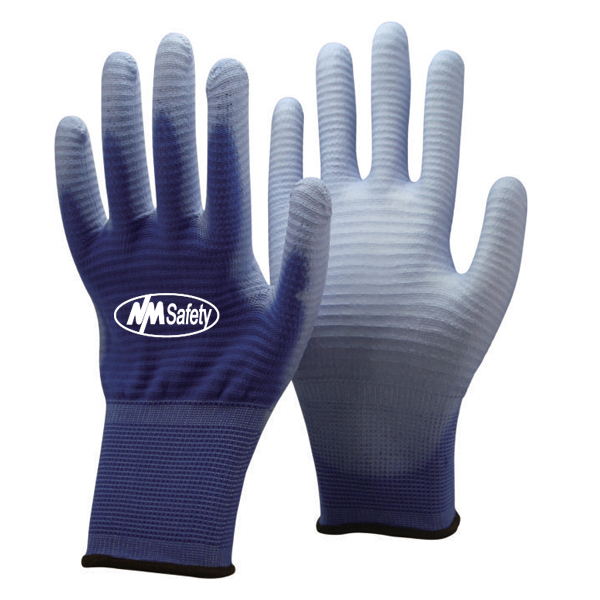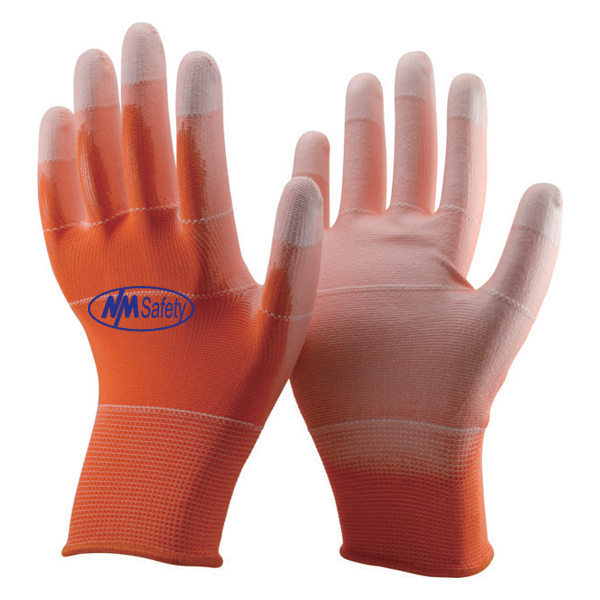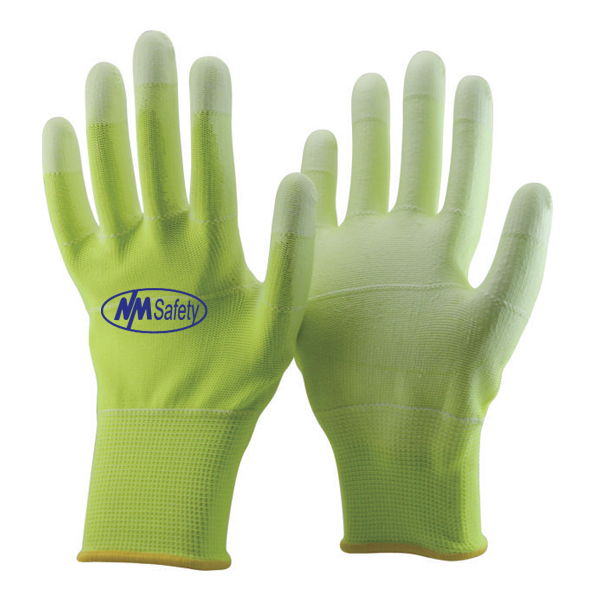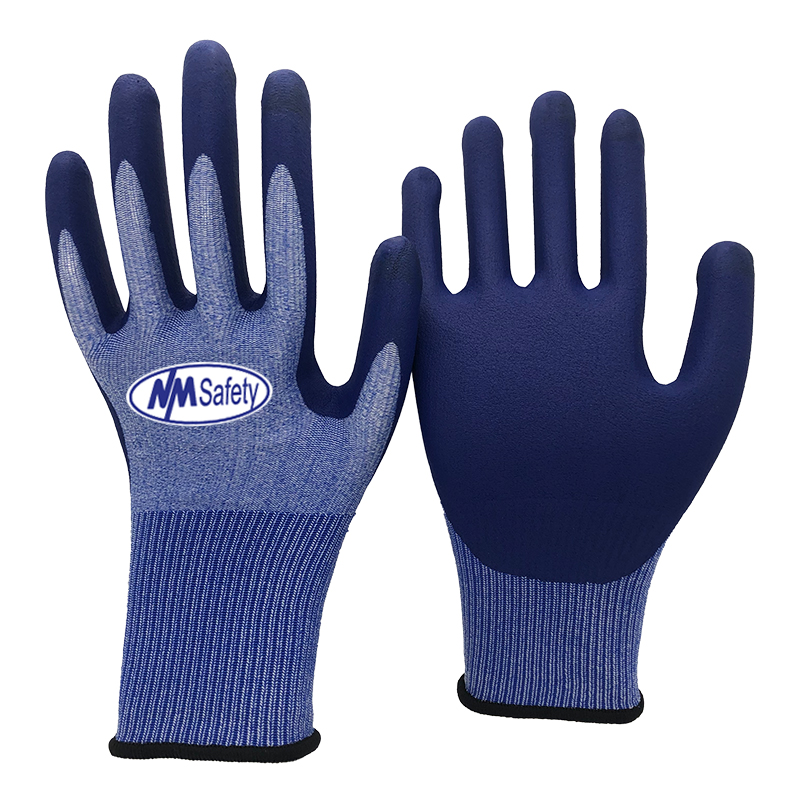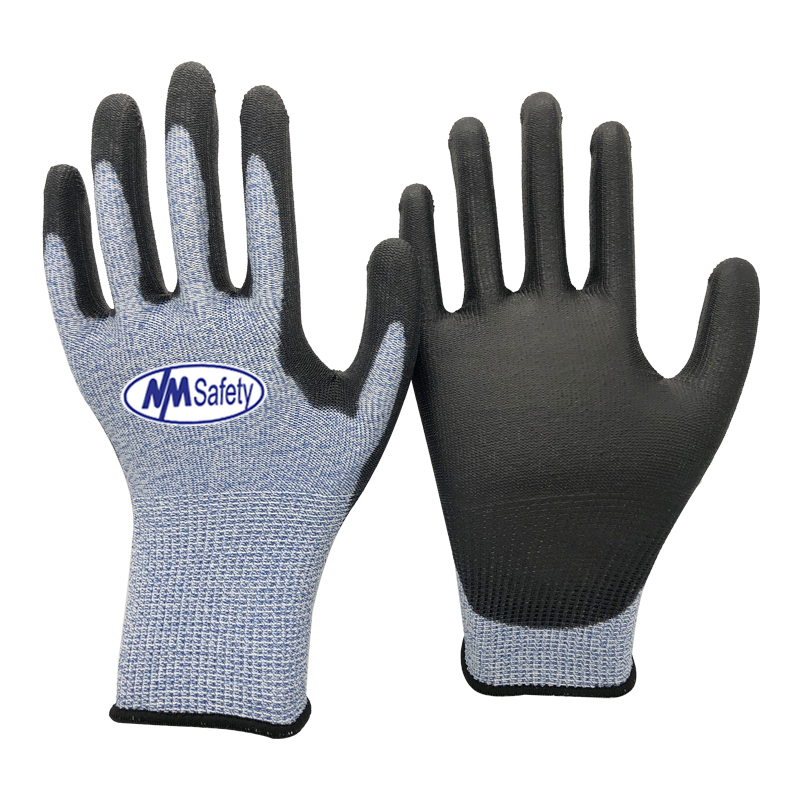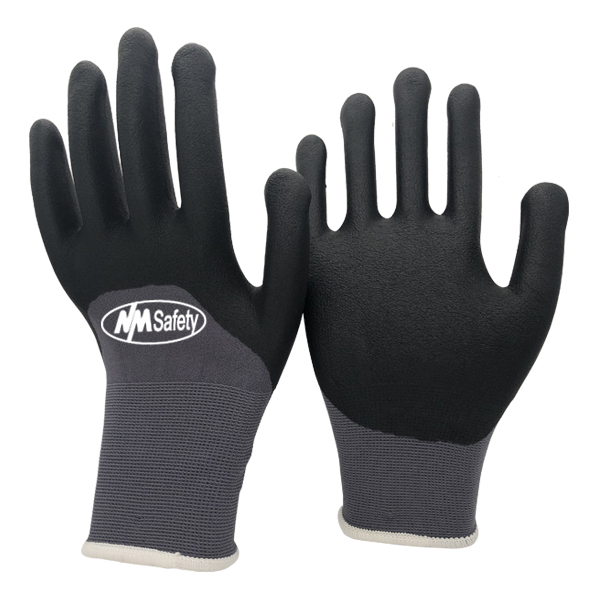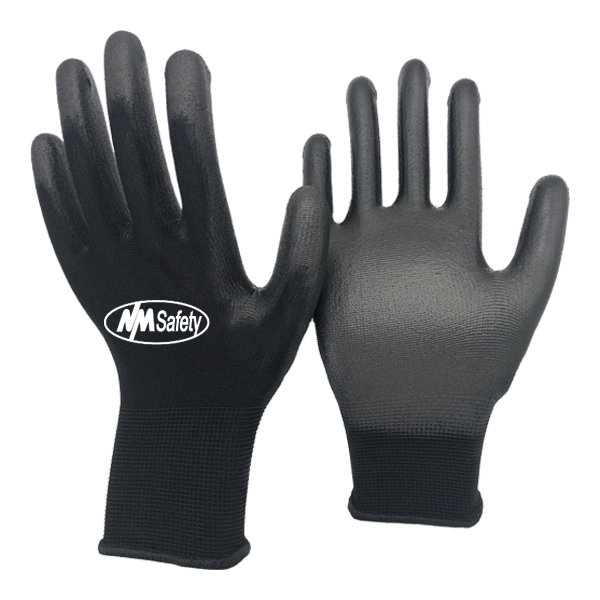What exactly is polyester? Polyester is a synthetic material designed to meet human needs that other fabrics are unable to meet completely. PET, or polyethylene terephthalate, is a type of plastic that has properties distinct from cotton or other synthetic materials.
Polyester, the textile industry's darling, is utilized to manufacture a variety of clothes. There is nothing that the material isn't a part of, from bedsheets to athletics. Polyester gloves are one of many items of clothing in which synthetic materials have had an impact.
Is Polyester a Good Material to Use for Gloves? Polyester gloves are one of many items of clothing in which synthetic materials have had an impact? You may be well aware of their popularity. Have you ever pondered how viable polyester is for work gloves because it is so close to your skin? Polyester is a feasible alternative for gloves. It's adaptable, keeps you warm, and doesn't shrink. Pure polyester gloves, on the other hand, can be uncomfortable due to the material's lack of breathability. However, with advancements in technology, it has been demonstrated that combining different fibers with polyester reduces the effect.
What Does the Term "Palm Coated Gloves" Mean? Palm-coated gloves are PU flex Gloves that have had their palms coated with protective material. The level of protection supplied is determined by the type of material employed; for example, nitrile gloves provide more protection than PVC gloves.
What are PU-coated gloves?: PU-coated gloves, also known as polyurethane-coated gloves, are a type of personal protective equipment (PPE) glove that is designed for work that requires precision, as well as dexterity and sensitivity. They're comprised of polyurethane foam with a nylon liner, which provides a soft and lightweight barrier for your hands against occupational risks including chemicals and abrasion.
What is polyurethane and how does it work? Polyurethane is a common type of polymeric polymer with a wide range of applications, including use as an adhesive and as a material for gloves and other garments. By adding catalysts, blowing agents, and flame retardants to the chemical composition, polyurethane can be manufactured in a variety of shapes.
What are the advantages of wearing gloves with a PU coating? PU-coated gloves provide some advantages that make them ideal for a variety of industries and tasks. These are some of them:
Stretch: Because polyurethane is so elastic, PU flex Gloves are ideal for professions that need sensitivity and dexterity. When stretched, the material continues to protect the wearer, which most other flexible materials are unable to do efficiently.
Hold: Another significant advantage of PU-coated gloves is their superior grip. Wearers gain more grip while maintaining protection and flexibility because of the material's characteristics.
Price: Finally, the cost of manufacturing and purchasing these gloves are low. This is a huge benefit for both businesses and tradespeople, as PU gloves need to be replaced frequently, but due to their inexpensive cost, this isn't a big deal.
Why Should You Get Coated Gloves? Coated gloves include a layer of protection that covers your entire arm, including the five fingers. This is an additional layer of protection that improves resistance to cuts, abrasions, and snags. It also protects you from chemicals, oils, and other contaminants that could obstruct your operations or cause skin injury. Dexterity is also improved when wearing coated gloves. You'll have a firmer grip, and the gloves will last a little longer than regular latex gloves. This also guarantees that your top arm can breathe and stay comfortable while performing all of the tasks you've been assigned.
Most employees and employers prefer PU-coated gloves for reasons other than the level of protection it provides. Its preference can be shown in the industries of general assembly, painting, mechanical, and painting. The coating creates a secure and comfortable barrier between your work and your hand. This does not negate your dexterity, which you would have if you were using your naked hands. This explains why this glove is used by some of the most exciting sectors. Leather gloves used to be able to manage the level of work that the PU-coated gloves could handle. Other exceedingly cumbersome materials may also be employed in the fabrication of such gloves.
Density and Safety: The thickness of your gloves has a direct correlation with the level of protection they provide. As a result, it is one of the factors to consider while purchasing gloves. The thickness of the glove determines the likelihood of chemicals leaking through or a sharp object reaching your hand. The coating solution improves nitrile gloves by dipping them many times. This guarantees that the thickness is suitable and comfortable enough for you to carry out your duties. This allows them to maintain a slim appearance without endangering you. The way you handle gloves and whether or not you follow the safety guidelines put forth by your industry will decide whether or not you stay safe at work.
Manufacturing Methodologies: Dipped gloves are made in a completely different way than leather gloves. It also changes depending on the glove coating type. The liner is the initial stage in each of the three basic coating types. That's when things start to become interesting.
Gloves made of polyurethane are dipped once in the coating, which penetrates the entire glove (making it a bit thinner than other types).
Latex gloves are coated with an anti-penetration chemical before being dipped in latex. If they have a crinkle palm, the final step is to dip them in coagulate.
To create a foam look, nitrile micro-foam gloves are first dipped in nitrile and then sprayed with a shower.
Nitrile gloves are soaked in the sand, then micro-foam nitrile, and finally salt. Finally, they're washed to remove the salt, which reacts with the foam to give them a sand-like texture.
Conclusion: Work gloves have come a long way since the turn of the century. The method we protect our hands has changed dramatically as a result of new technologies, and the materials we use to do so have evolved dramatically as well. A flexible liner with a palm, 3/4, or full glove coating protects the hands from moisture, oil, abrasion, wounds, and heat. In this article, only the glove covering is discussed. There are numerous various glove coatings to choose from, but the most common are latex, nitrile, and polyurethane. Each coat comes with its own set of benefits.





